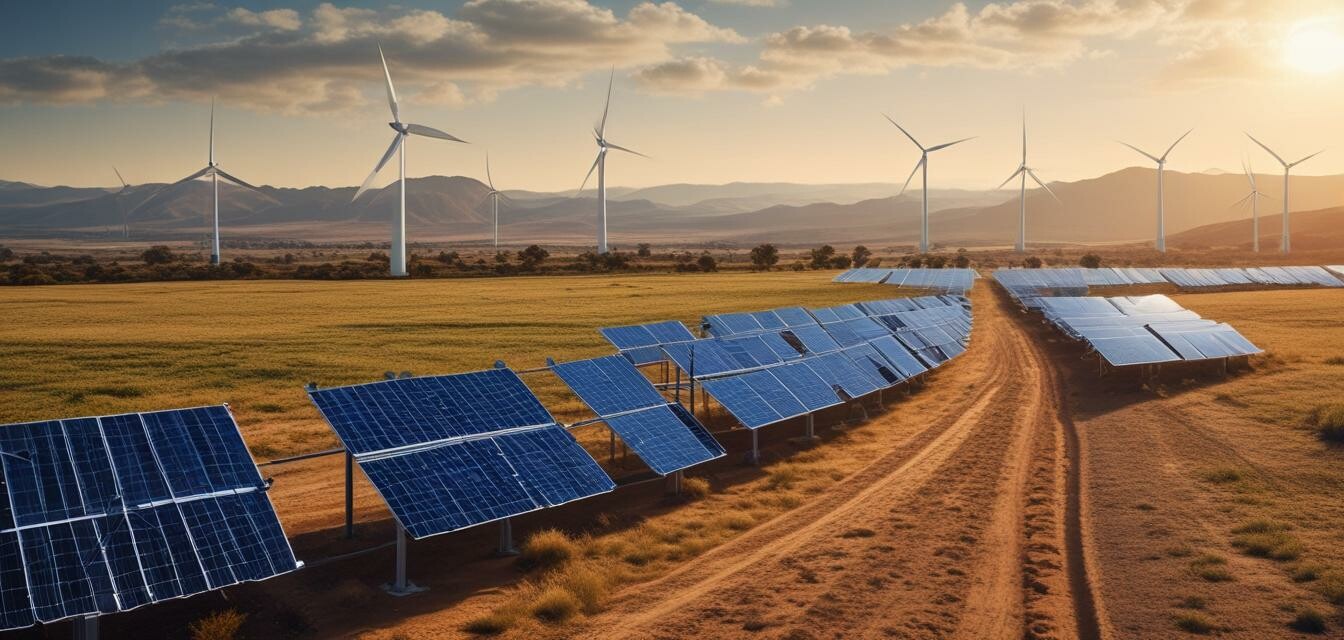
Innovations in Hybrid Systems: What to Expect in 2024
Key Takeaways
- Hybrid systems are becoming more efficient and affordable.
- Integration with smart technologies is on the rise.
- Government support is boosting innovations in renewable energy.
- Battery storage technologies are evolving to meet energy demands.
- Consumer demand for sustainable energy solutions continues to grow.
As we approach 2024, the world of hybrid solar systems is set to see significant advancements and innovations. With a growing concern for energy independence and sustainability, hybrid systems that combine solar panels and wind turbines with battery storage are at the forefront of this shift. In this article, we will explore what innovations to expect in 2024 and how they will transform our capacity for renewable energy utilization.
What are hybrid systems?
Hybrid energy systems integrate multiple energy sources to maximize efficiency and reduce reliance on any single source. Typically, these systems combine solar power with wind energy and battery storage technologies. By being adaptable to various environmental conditions, hybrid systems address the intermittent nature of renewable energy sources.
Components of hybrid systems
| Component | Description |
|---|---|
| Solar Panels | Convert sunlight into electricity. |
| Wind Turbines | Harness wind energy to generate electricity. |
| Battery Storage | Store excess energy for later use, ensuring reliability. |
| Charge Controllers | Regulate voltage and current coming from the solar panels and wind turbines. |
| Inverters | Convert DC electricity from solar panels and batteries to AC electricity for home use. |
Trends shaping the future of hybrid systems in 2024
1. Increased Efficiency
The efficiency of hybrid systems is expected to improve through advanced technology. With innovations in solar panel efficiency, there are estimates that by 2024, we will see an increase in energy capture and conversion rates. Consequently, hybrid systems will provide more power with less space.
2. Smart Technology Integration
The integration of Internet of Things (IoT) technology within hybrid systems is a trend that will likely escalate in 2024. Smart controllers can optimize energy usage efficiently by managing consumption and production, which is crucial to achieving grid independence. For more on smart technologies within renewable energy, check out our News and Trends section.
3. Enhanced Battery Storage Solutions
As the demand for energy storage increases, advancements in battery technology will play a pivotal role in the hybrid systems of 2024. New battery chemistries and technologies, like solid-state batteries, present opportunities for longer lifespan, increased safety, and reduced costs. Learn more about various Battery Storage options available in the market today.
4. Government Support and Initiatives
Government policies favoring renewable energy solutions are likely to facilitate innovation in hybrid systems. Subsidies, tax rebates, and grants for renewable energy projects will motivate consumers to adopt hybrid systems, leading to wider implementation. Explore our Buying Guides to understand how these initiatives can aid your investment.
5. Sustainability Trends
Today’s consumers are more environmentally conscious and demanding sustainable energy solutions. This increasing demand propels manufacturers to innovate hybrid systems that are more eco-friendly and efficient. The use of sustainable materials in manufacturing components will also rise. Interested in sustainable options? Check out Solar Panels and their efficient designs.
Pros
- Increased energy independence and reliability.
- Utilization of multiple energy sources improves overall efficiency.
- Advanced technology provides better monitoring and management.
Cons
- High initial investment costs for setup.
- Dependence on environmental factors like sunlight and wind.
- Complex installation and maintenance needs.
Conclusion
The innovations in hybrid solar systems expected in 2024 hold exciting possibilities for energy independence and efficiency. With advancements in technology, consumer demand, and government support, hybrid systems are poised to make a significant impact in the renewable energy landscape. Staying informed about these trends will allow consumers to make better decisions regarding their energy solutions. Be ready for a sustainable future with hybrid systems.
Tips for Choosing the Right Hybrid System
- Assess your energy needs and usage patterns.
- Research the components and technologies involved.
- Consider warranty and support options for installation.
- Evaluate long-term growth and scalability of the system.
- Consult with professionals for tailored solutions.



